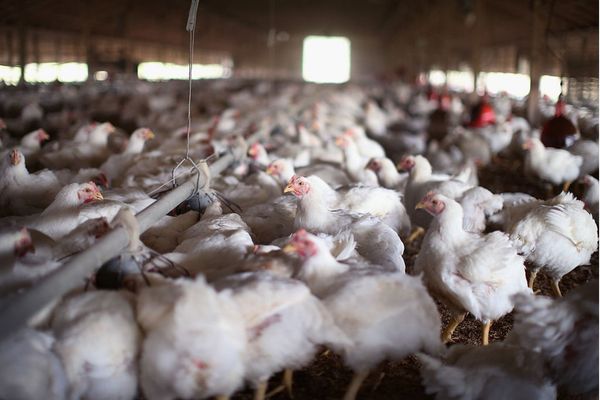
It’s a curious sensation, cycling over the seabed, but it’s a neat way to reach the tidal island of Oronsay. I study the wet sand beneath my wheels. Human history is long in this remote corner of the Hebrides and has always turned on the tide. Sea blends into rocky shore in a convoluted landscape where every few metres perspectives change. It’s like inhabiting a child’s kaleidoscope, a shifting and wholly absorbing picture framed against today’s clear blue sky.
The focus on Oronsay is its long-defunct priory, emptied in the Reformation, and the grand farmhouse next door. Both are tucked against the island’s highest hill, mighty Beinn Orasaigh. There are a handful of permanent inhabitants and this is where they live, marooned twice a day. The walls of the priory remain, a chapel and barn, and an elegant colonnade. In front of the priory, pasture stretches evenly towards the coast. The shellfish that create the island’s stunning white beaches have also rewarded Oronsay with a calcareous substrate that grass relishes. The RSPB manages the land here in a canny balance of livestock farming and conservation; there’s a rare colony of choughs and corncrakes to protect.

It was the shellfish that first brought humans here. Oronsay is famous for its five middens (heaps) of shells and fish bones dating back 6,000 years to the Mesolithic. One is located close by the priory. Every winter, for several centuries, when the fish moved offshore, the original islanders camped here, collecting shellfish to eat and tossing the remains on to growing piles. Limpets were favourite – like chewing a pencil eraser, but more nutritious than whelks or periwinkles. Archaeologists have found the pieces of deer antler – probably from nearby Jura or Islay – that these pioneers used to chisel the meat from its shelter.
Outside the priory is a weathered cross, more than 600 years old, broken and later reassembled: faith setting stones against the world’s turning. The rock is rough and weathered from numberless gales; you can’t help but run your hands across it. And from the apex of the priory itself, perched high above the ground, is a wren, king of the birds, belting out its life song in spite of time.
• Country diary is on Twitter at @gdncountrydiary







